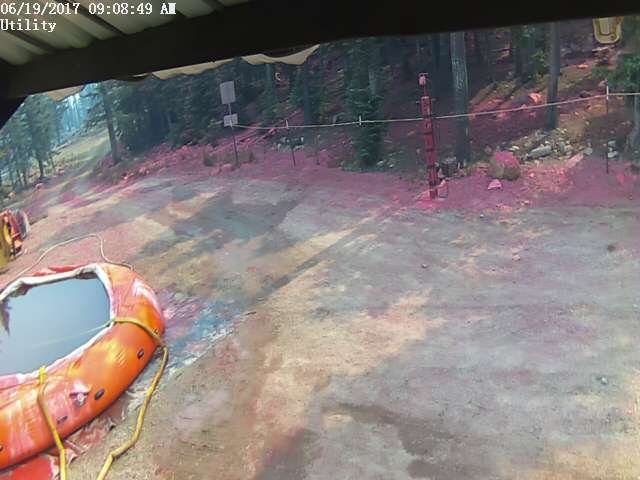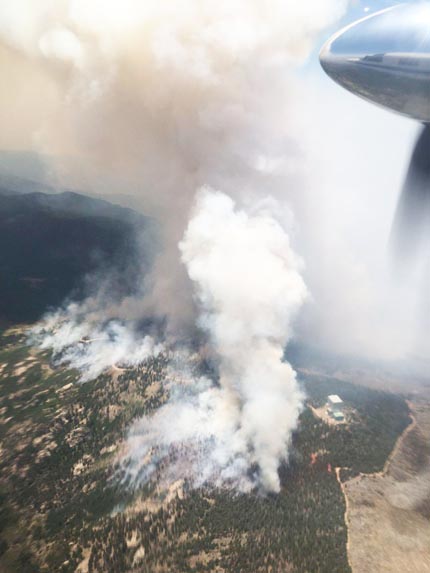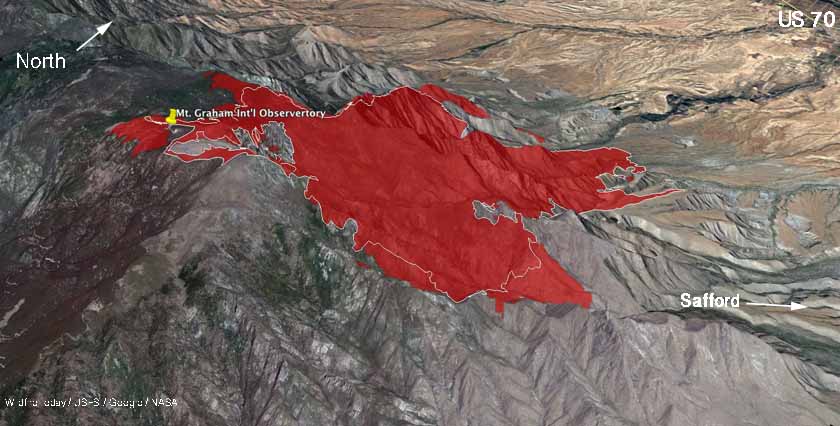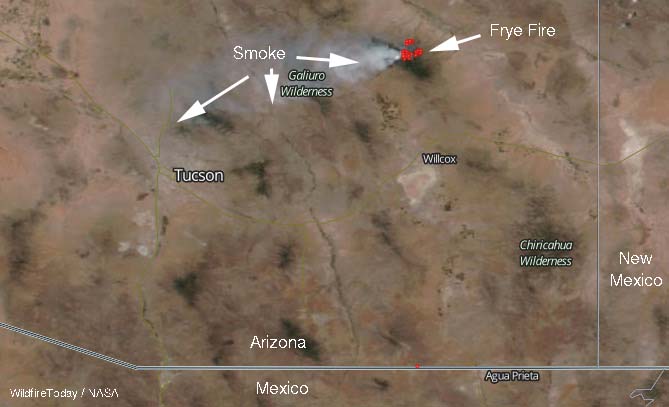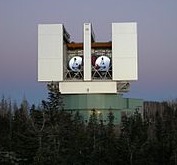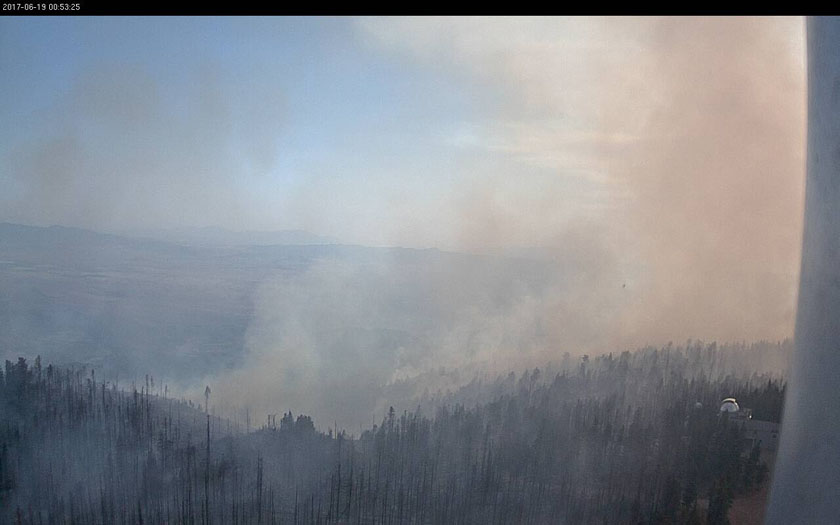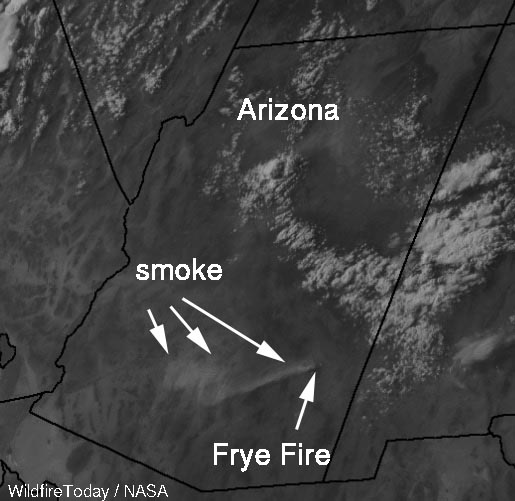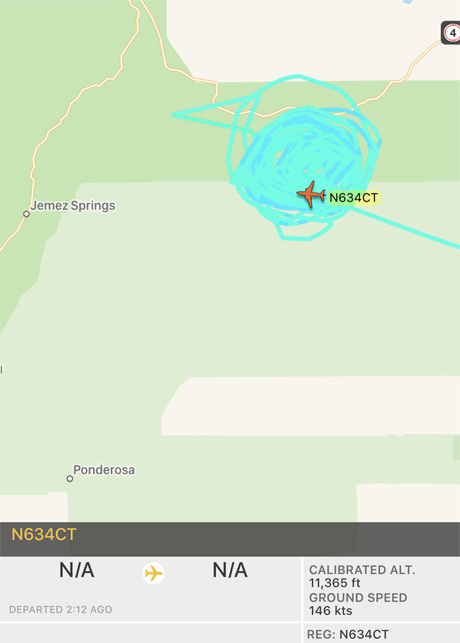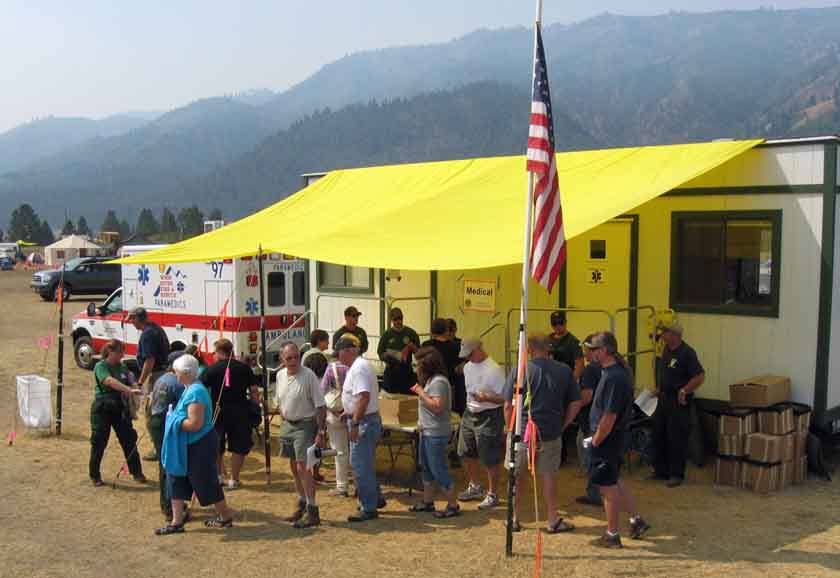
On June 17 the Incident Management Team (IMT) running the Frye Fire near Safford, Arizona wrote on Inciweb that “21 additional personnel with unknown illness were demobilized.” On June 18 the Tucson News reported that 45 people at the fire had been treated for strep throat, also known as streptococcal pharyngitis.
On June 22 the IMT posted much more information about the “incident within an incident”. A doctor went to the remote Columbine Spike Camp on Mt. Graham where firefighters were staying so they did not have to endure the long round trip each day to the Incident Base. He swabbed the throats of 80 firefighters, with 63 (or 78 percent) testing positive for Streptococcus.
(As of June 24 the Frye Fire has burned over 29,000 acres at Mt. Graham near Safford, Arizona east of Tucson.)
Before and after those shocking test results, the IMT took many actions in order to mitigate the situation.
- The IMT created an Incident Health Group led by a Medical Unit Leader with the sole function of dealing with the Strep outbreak. (Functional Groups can be quickly created within the Incident Command System to handle specific tasks. An example of one that is often used is a Structure Protection Group. They may or may not be tied to a specific geographic location.)
- The Team disinfected pretty much everything in sight.
- They stopped using the hand-wash station.
- The caterer was ordered to stop meal production and to dispose of all currently prepared meals. Personnel then were given bottled water and MREs.
- Symptomatic personnel were isolated, and incoming resources were kept separate from existing personnel.
- Contracts were issued for a doctor, an RN, and two paramedics to administer testing and provide medication.
- Treatment with an oral antibiotic for those affected began.
- The IMT recommended follow-up for the personnel that demobed prior to June 16.
- When additional personnel presented with symptoms, they were kept isolated from the Incident Command Post population in an isolation/decontamination room where they could get a shower and a change of clothes. They also had access to another isolated room nearby where they could rest and recuperate so as not to expose others while under treatment during contagion.
- Although the doctor suggested most patients would not be contagious 24 hours after the antibiotic treatment, the IMT decided to extend the period to 48 hours.
- Graham County Public Health developed an epidemiological investigative process to include interviews and questionnaires with all available parties.
Strep throat affects about 3 million people in the U.S. each year. With treatment by a medical professional, which often requires lab tests or imaging, it is usually resolved within days or weeks. Common symptoms include sore throat, fever, and swollen lymph nodes in the neck. Rarely, complications can involve the heart or kidneys. Treatment is important to reduce complications.
Thanks and a tip of the hat go out to Tom.
Typos or errors, report them HERE.



